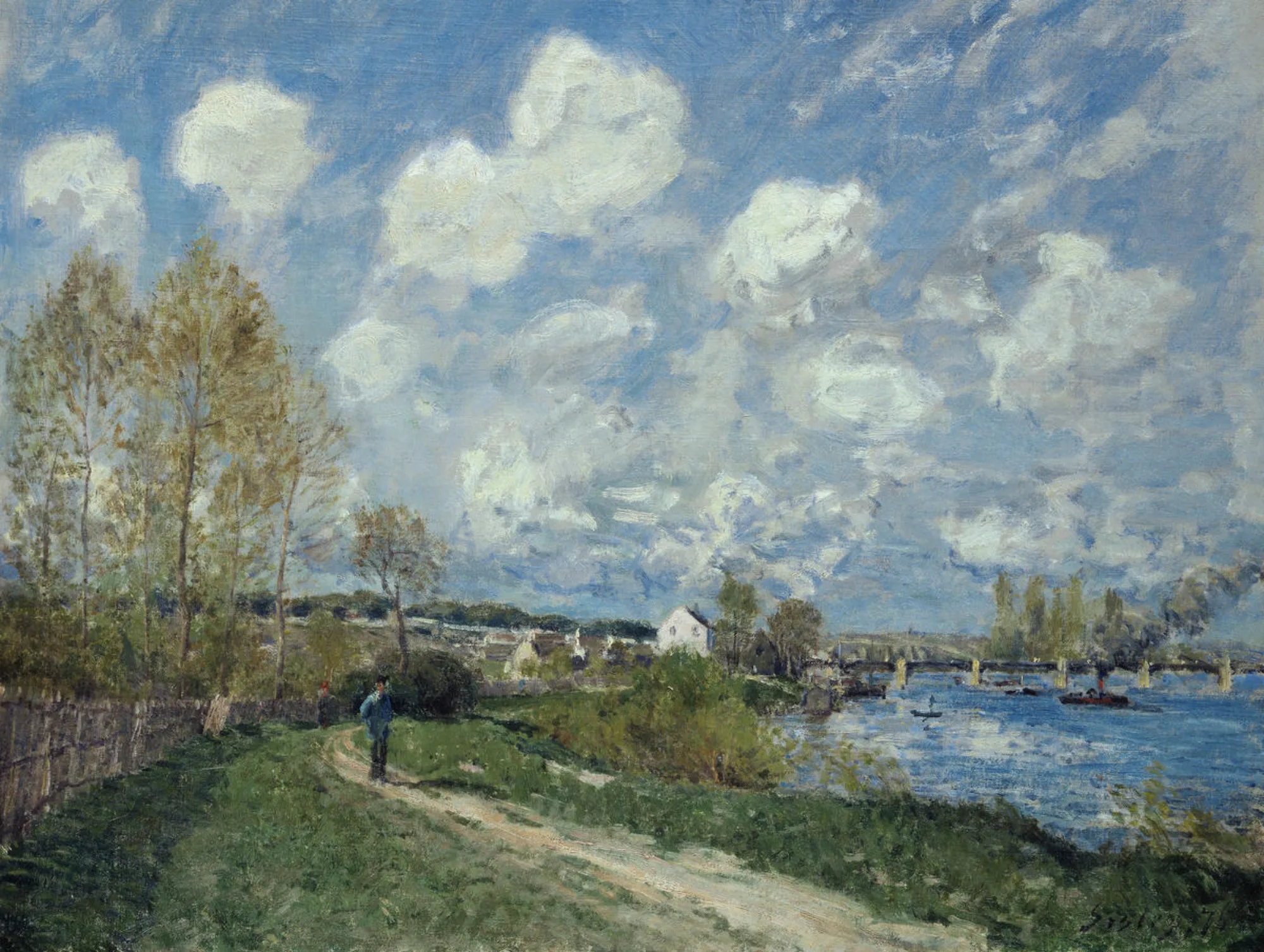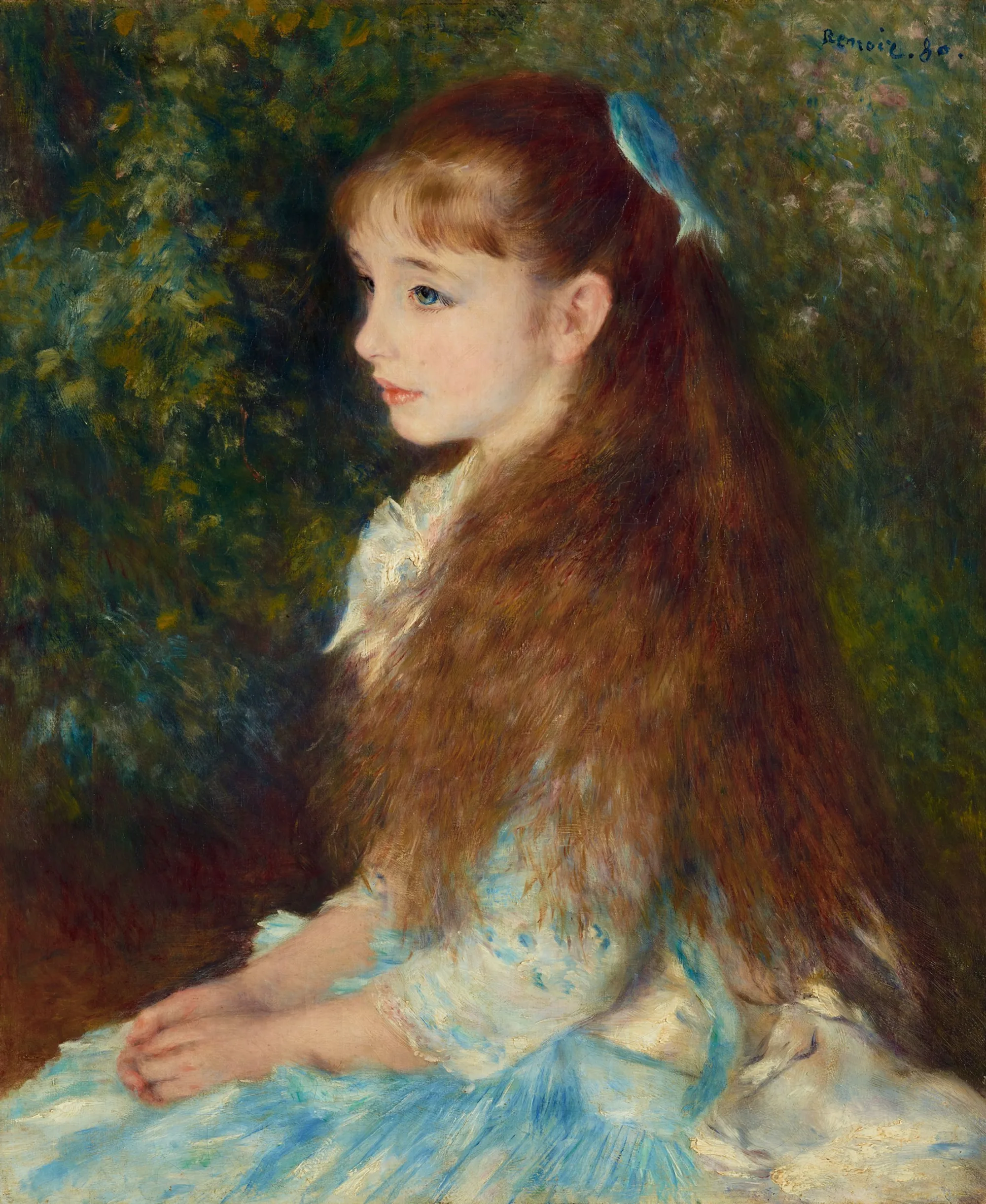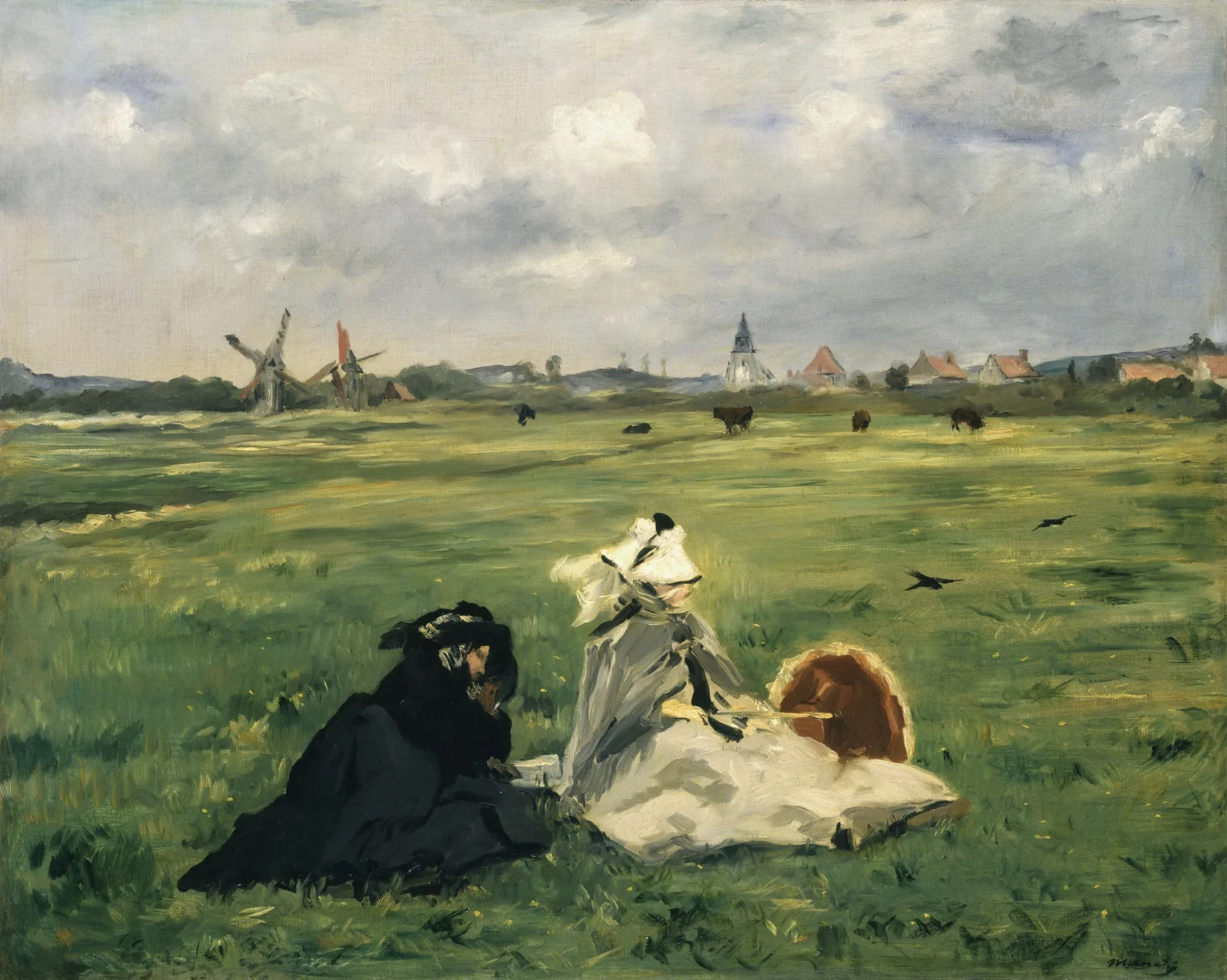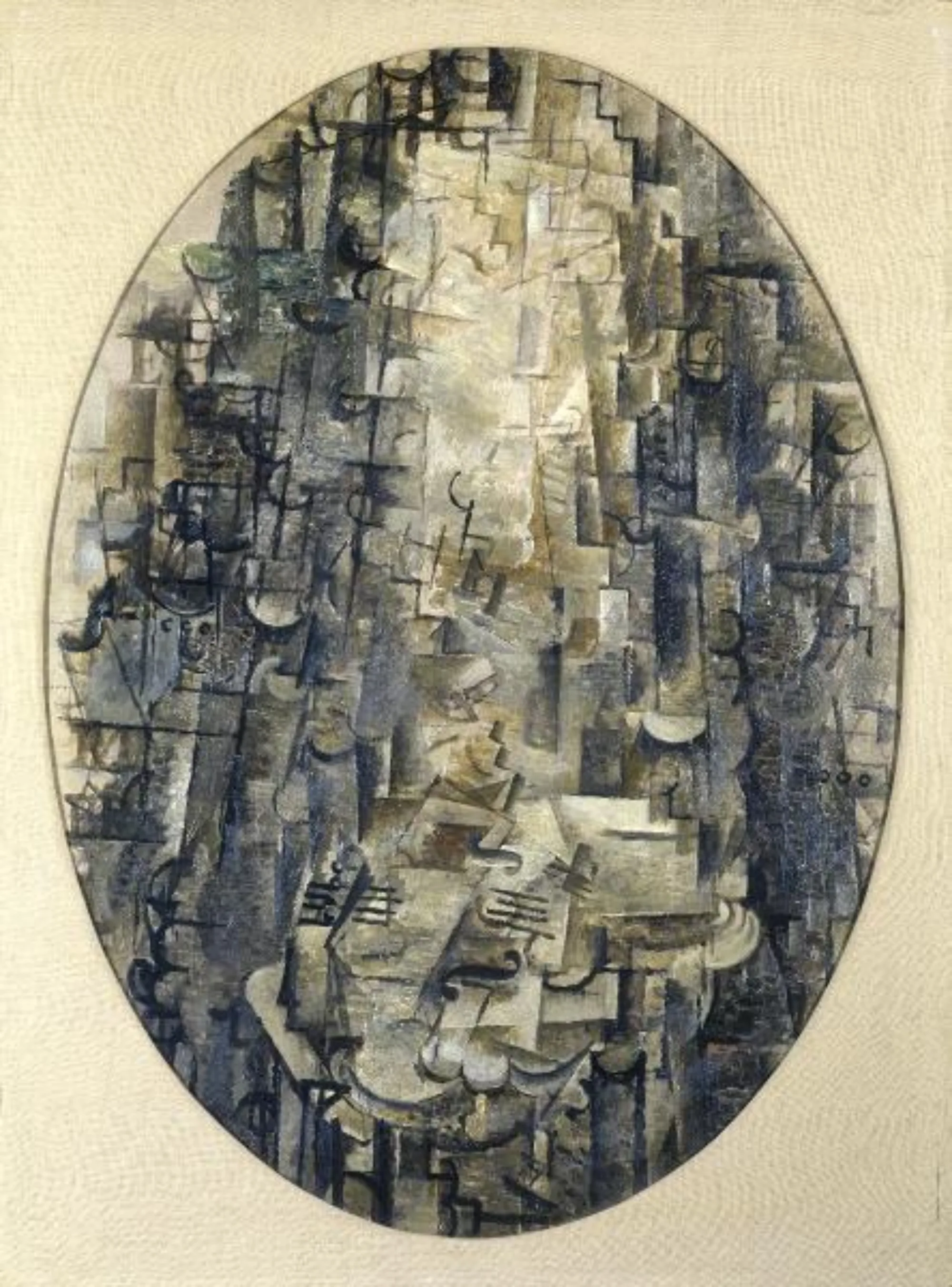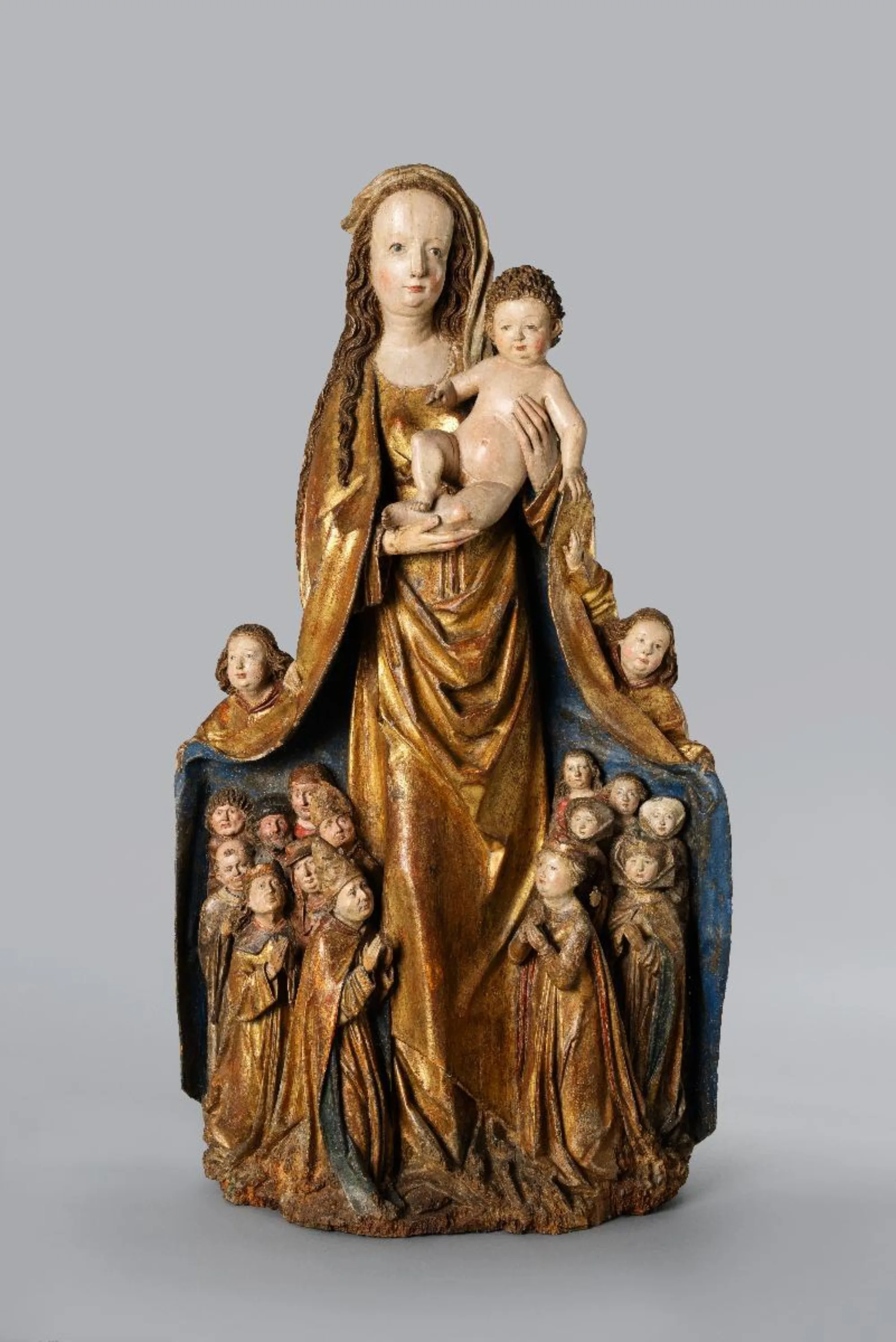In the second half of the 19th century, the Industrial Revolution and the invention of railways profoundly transformed perceptions of the outside world, nature and the landscape. In the 1870s Claude Monet, along with his colleagues Camille Pissarro and Alfred Sisley, developed the airy art of Impressionism, which involved swiftly capturing an atmospheric moment with spontaneous brushstrokes. Aided by the invention of the paint tube, the Impressionists increasingly abandoned their studios and found myriad subjects to inspire them outdoors, which they painted there and then, en plein air.
France experienced an economic boom in the second half of the 19th century, and Paris became the world’s leading cultural metropolis. Artists began asking themselves what qualities a picture needed to reflect those social phenomena. They looked around for novel ways of seeing and painting to capture this new world. Claude Monet, Alfred Sisley, Camille Pissarro and Pierre-Auguste Renoir recognised that objects continually changed how they looked depending on the light and the environment, creating different visual impressions. They now set out to record those impressions, largely working en plein air – outdoors – and seeking to convey their atmospheric effect rather than aiming at strictly accurate imitation. The Impressionists made their first public appearance at a joint exhibition in 1874. Numerous further exhibitions – eight in total – were to follow.
